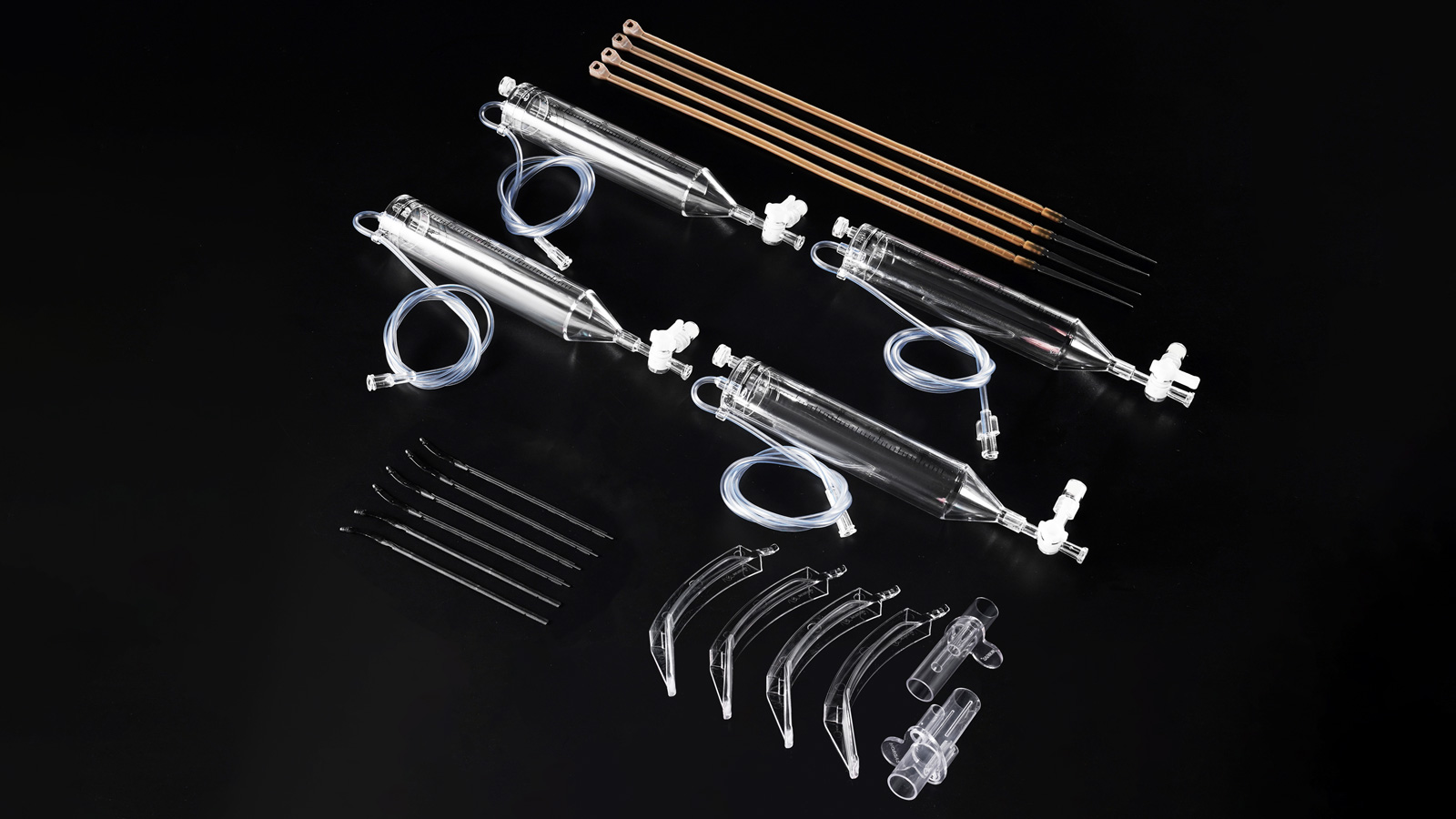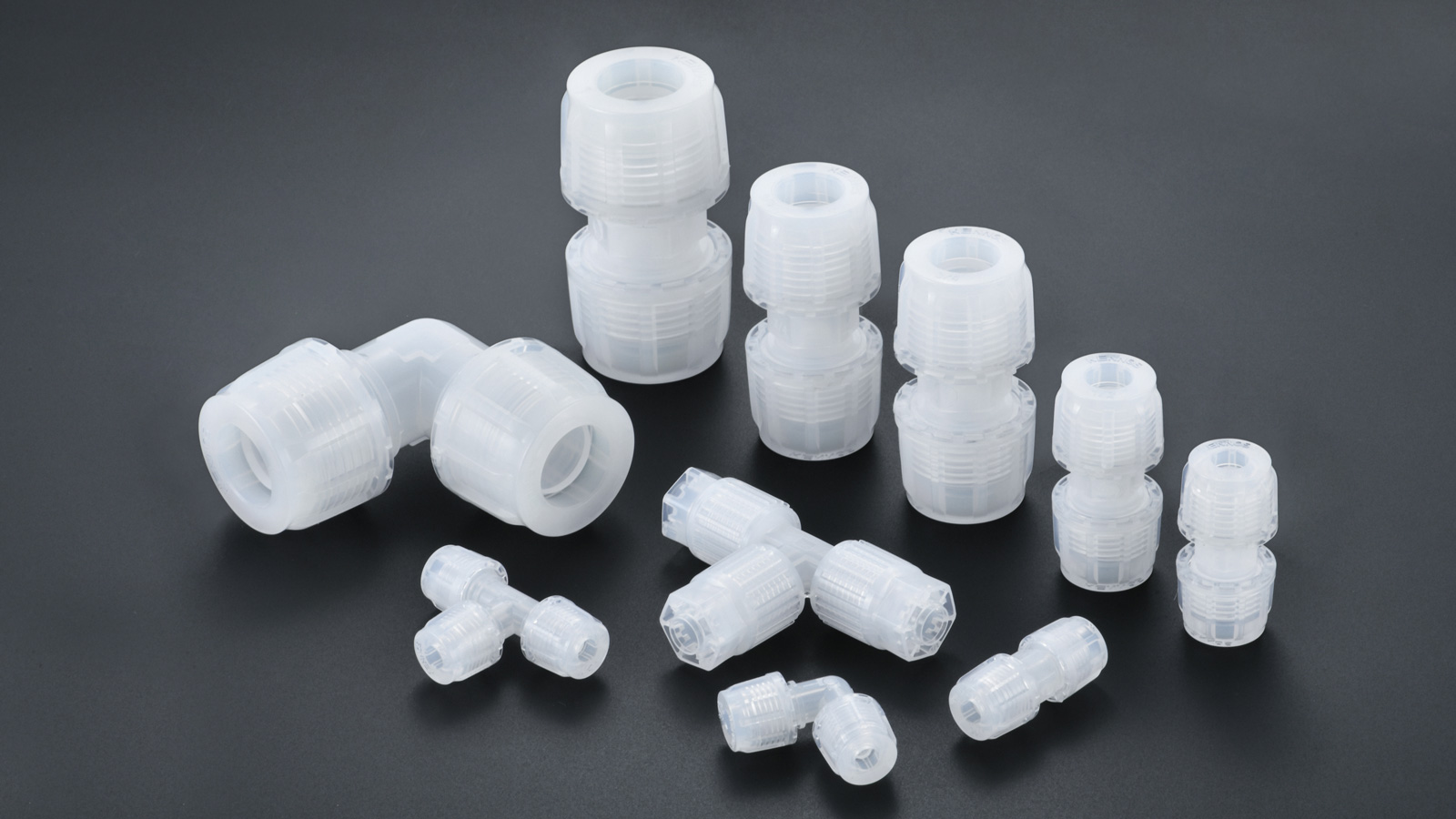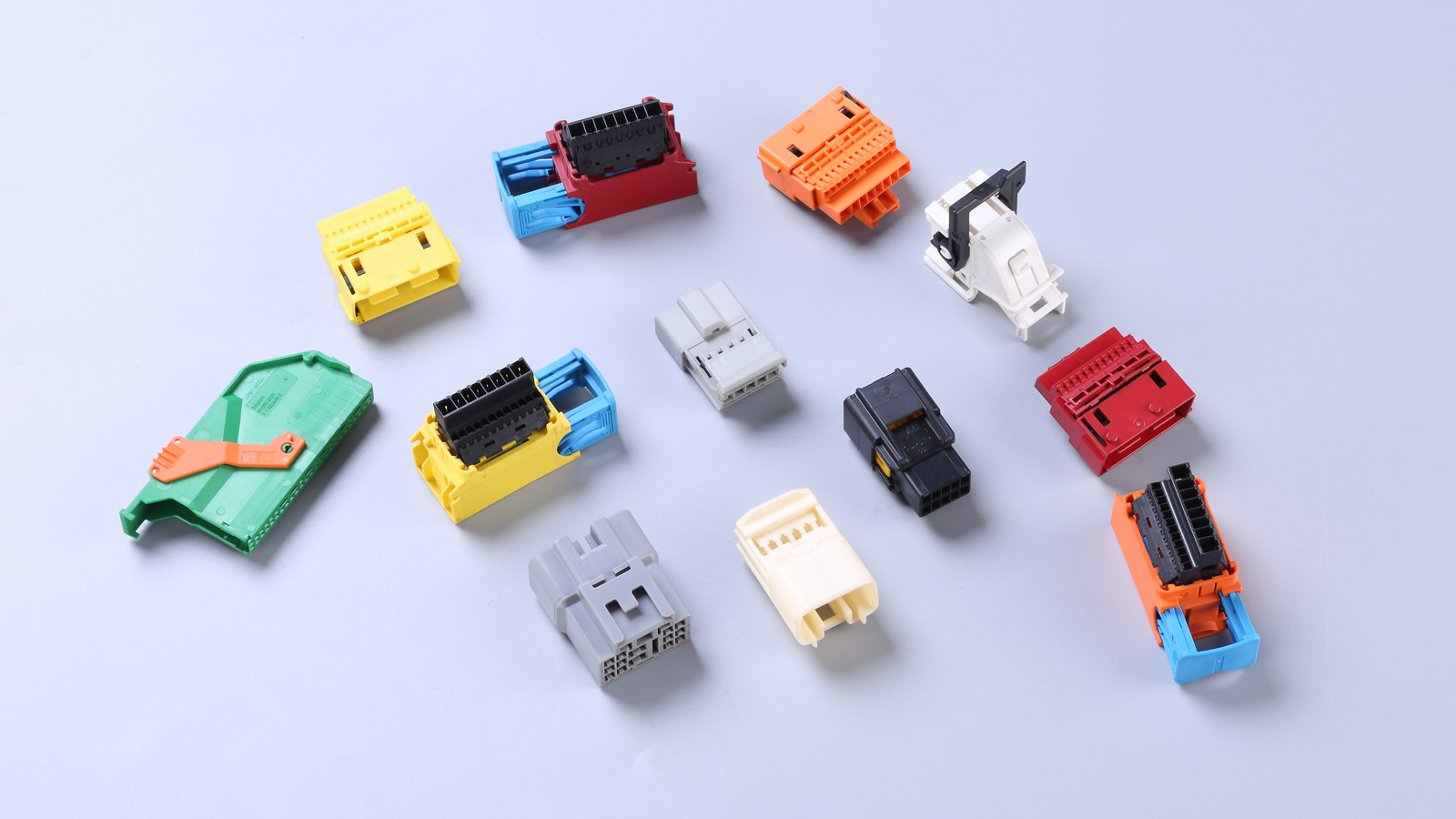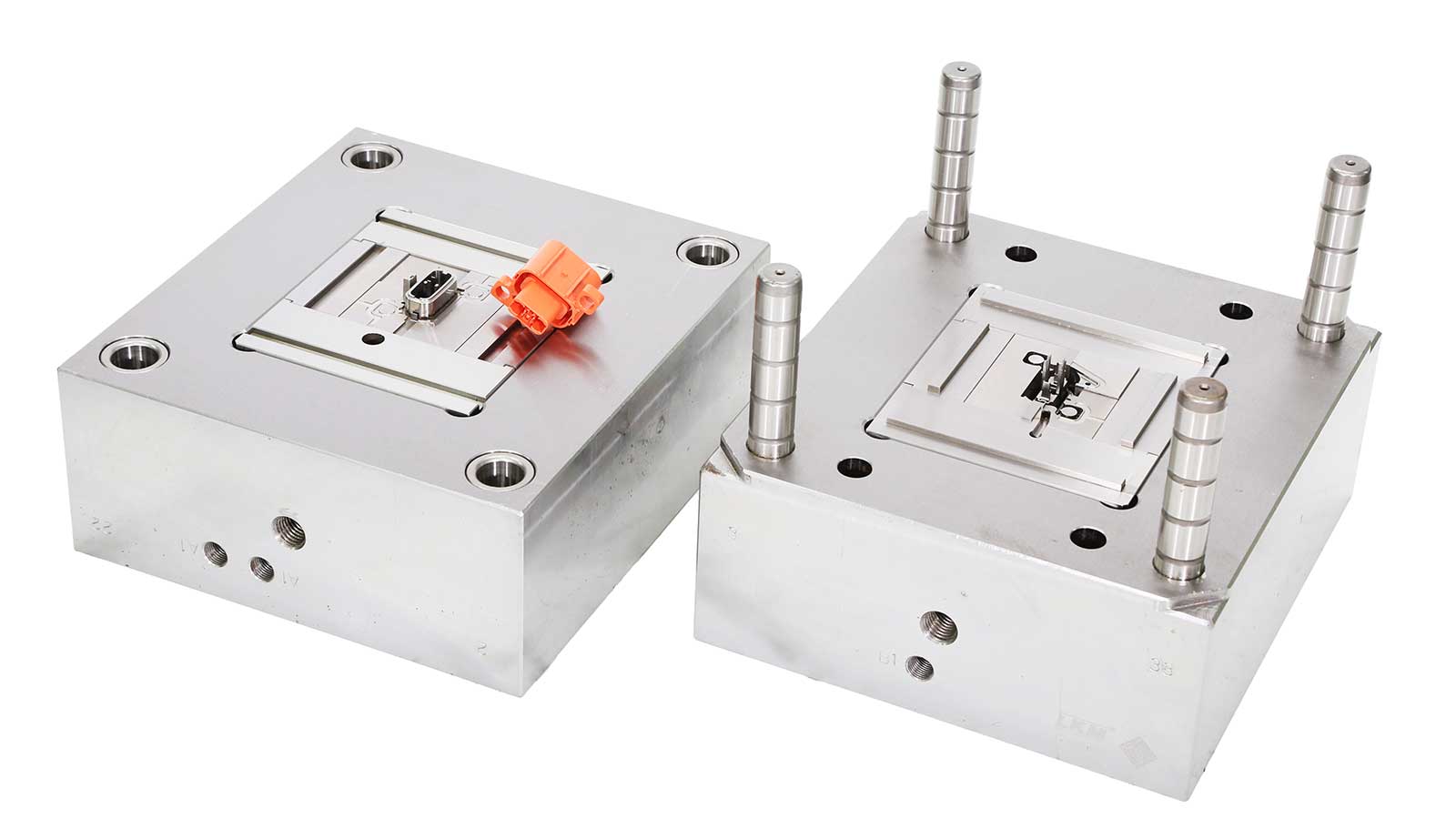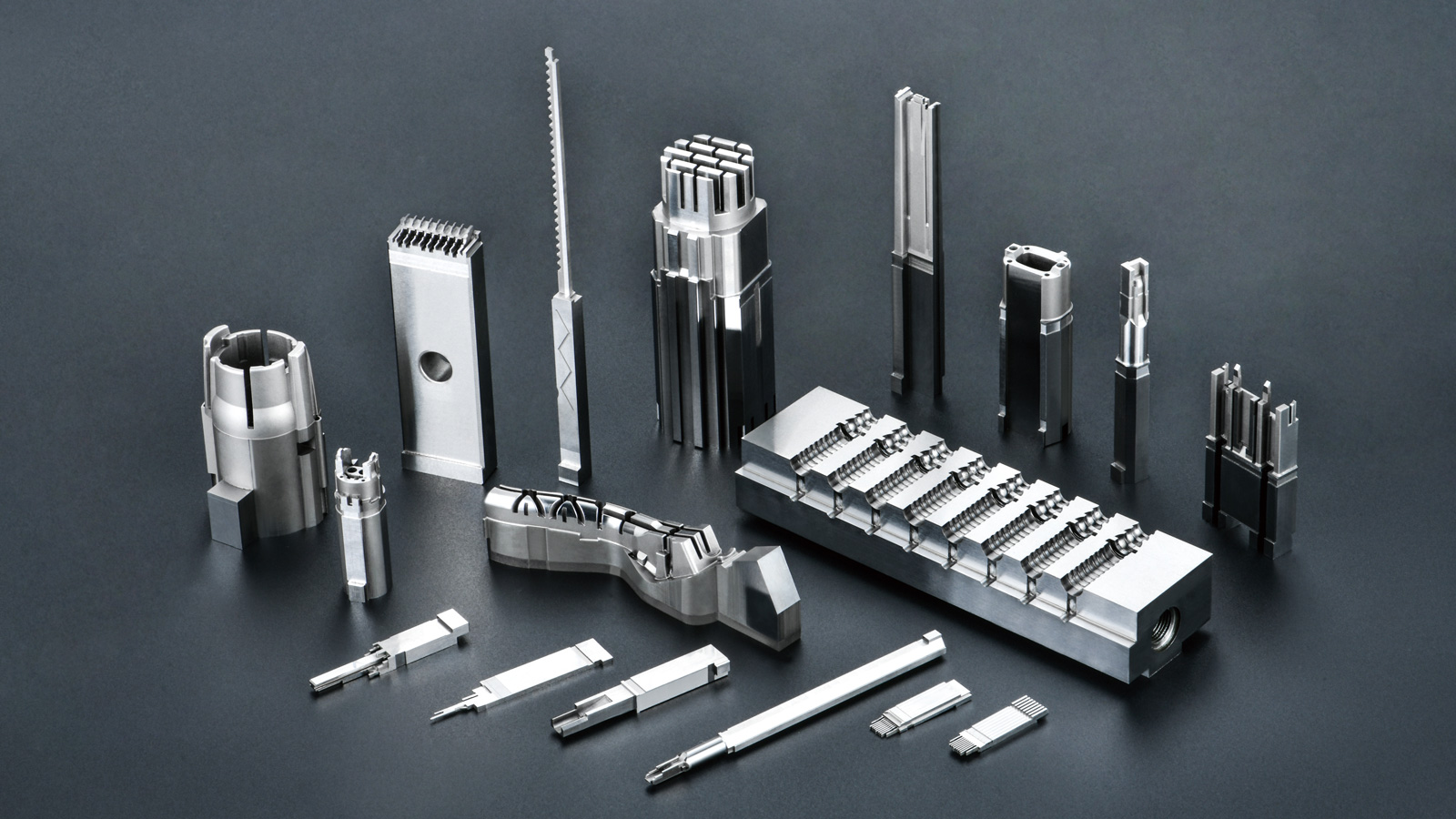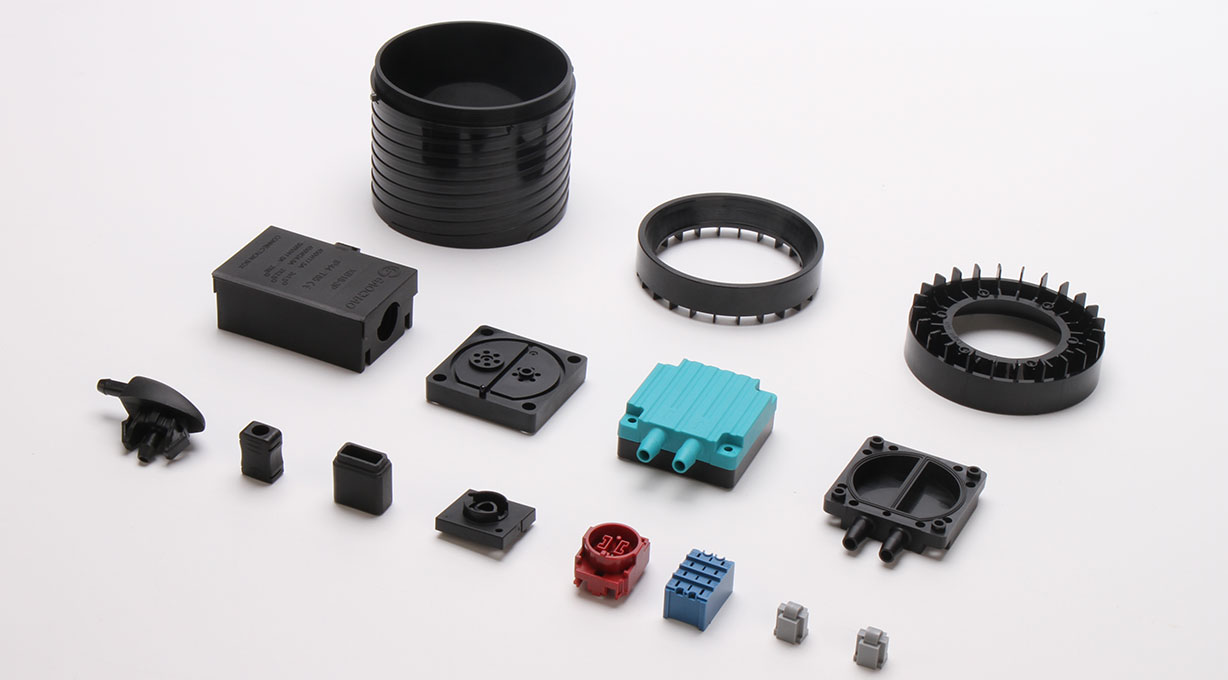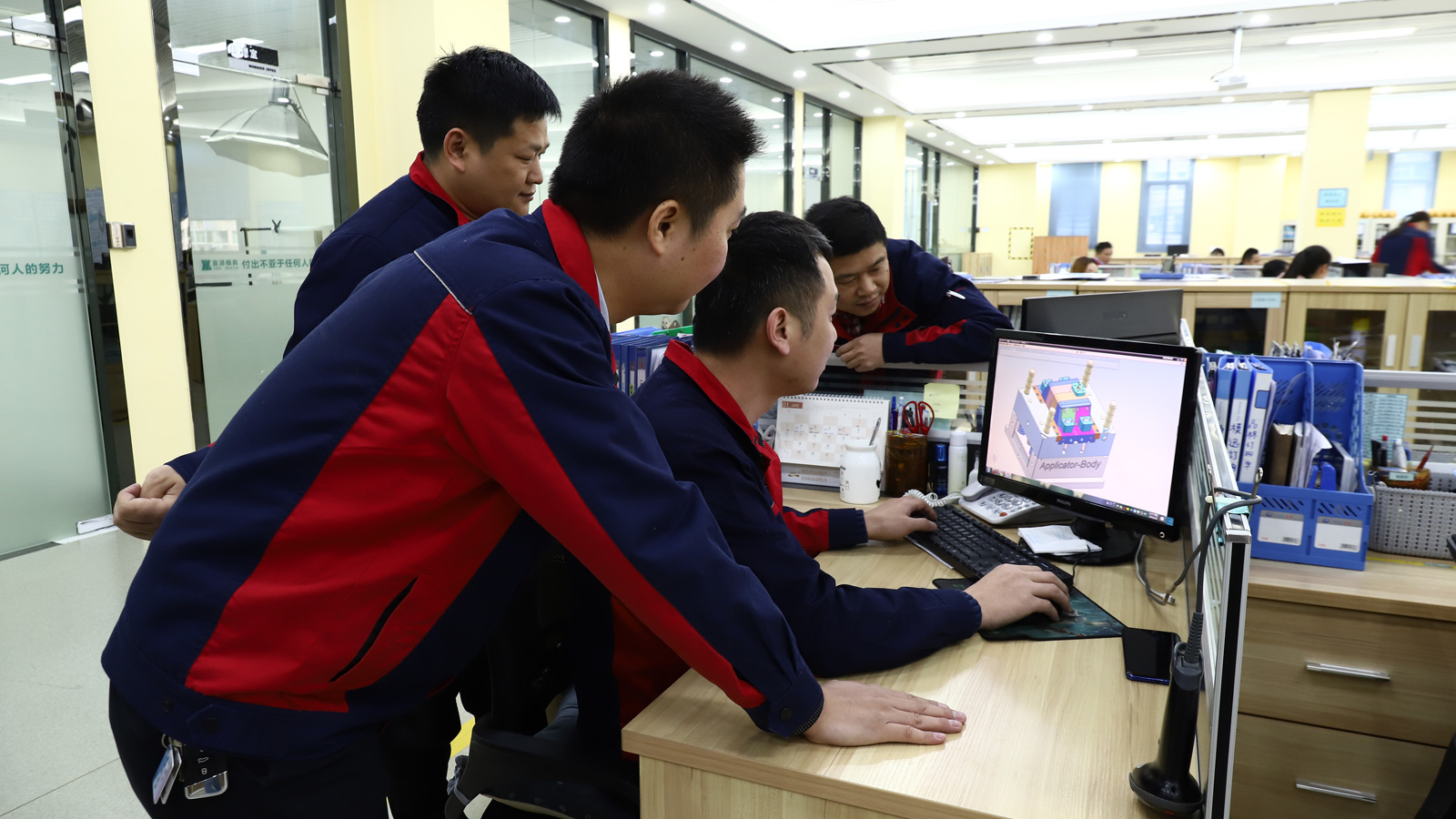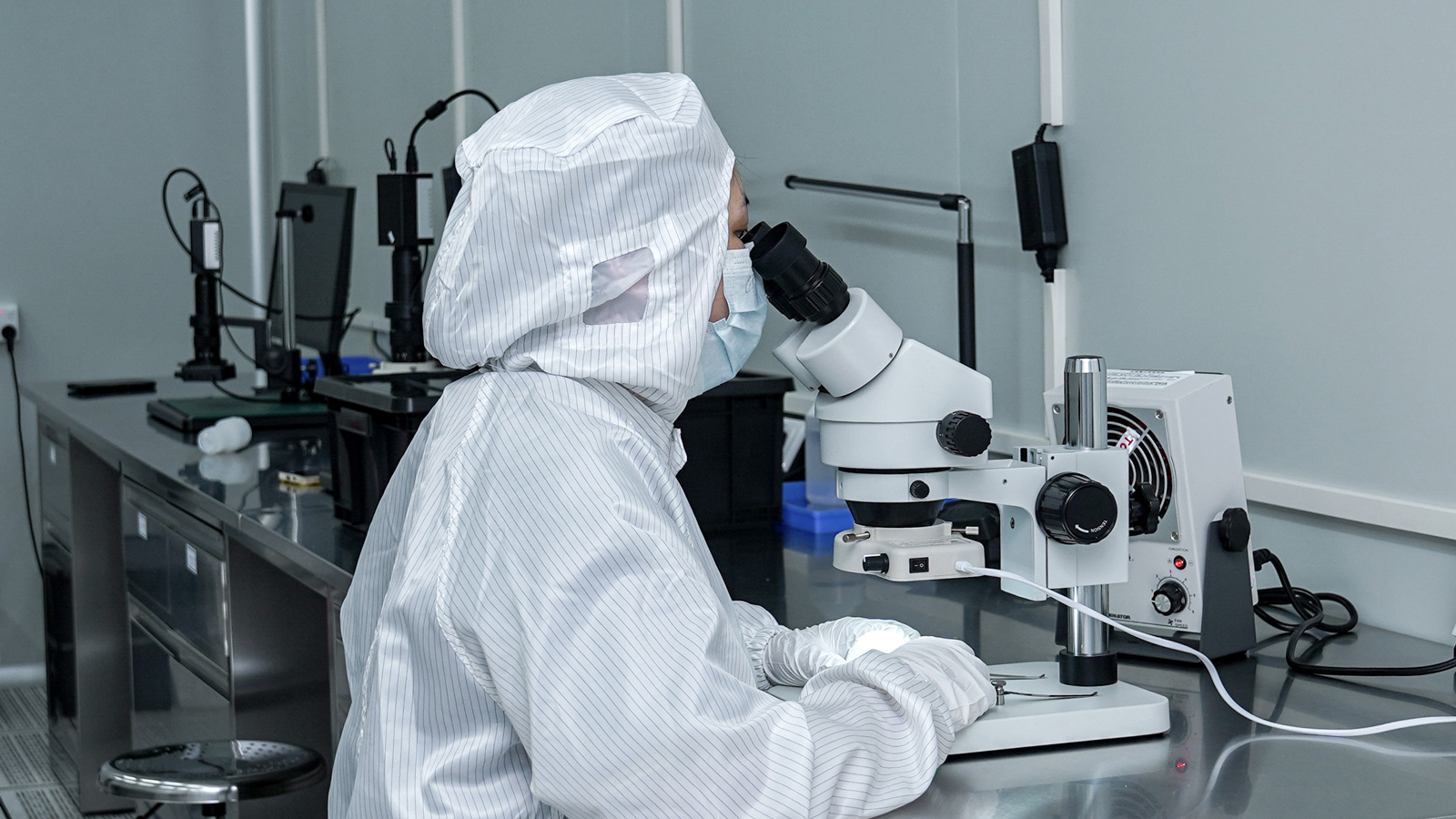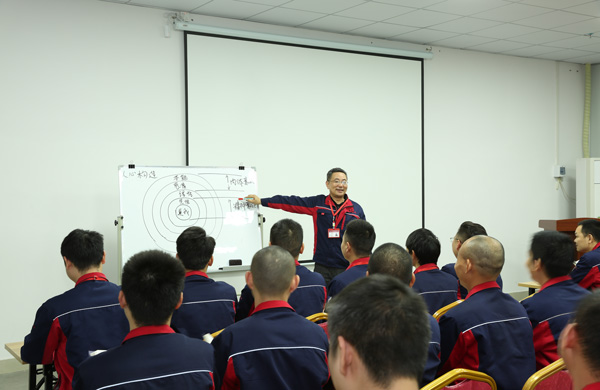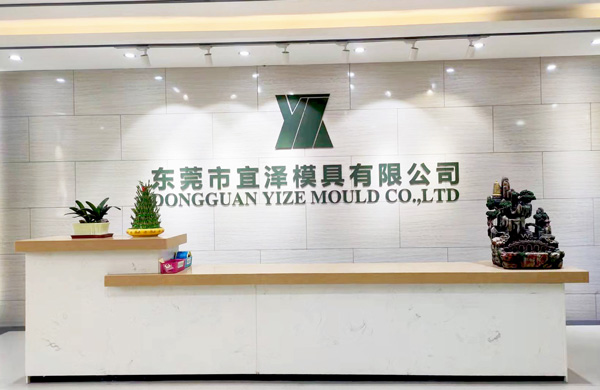As the dominant technology in plastic product manufacturing, injection molding stands out for its efficiency and precision. Among its variants, vertical injection molding machines (VIMMs) distinguish themselves through unique structural design, offering specialized advantages while facing inherent technical constraints. This article systematically analyzes the dual characteristics of VIMMs from the perspective of equipment architecture.
I. Structural Foundations Enabling Specialized Processes
The defining feature of VIMMs lies in their perpendicular layout—the injection screw axis and clamping unit motion path form a 90-degree angle. This vertical configuration enables gravitational feeding of molten polymer into mold cavities, particularly effective when paired with three-plate mold systems. With typical machine heights ranging from 2.5 to 4 meters (30-50% taller than horizontal counterparts), this design directly impacts production applications.
II. Four Core Competitive Advantages
- Space Efficiency Leadership
Vertical layouts reduce floor space requirements by 40-60%, making them ideal for cleanroom environments where real estate costs are critical. A case study in electronics component manufacturing demonstrated 55% reduced facility area needs at equivalent output, translating to annual rental savings exceeding ¥1 million. - Insert Molding Expertise
Gravity-assisted positioning achieves ±0.02mm precision for metal inserts and circuit boards—three times more accurate than horizontal machines. In connectors and sensors with >30% insert content, defect rates remain below 0.5%. - Maintenance Accessibility
Modular mold design enables tool changes in under 15 minutes, improving changeover efficiency by 60% compared to horizontal systems. A medical device manufacturer reported over 200 annual mold changes using VIMMs to support high-mix, low-volume production. - Microstructure Capability
Uniform pressure transmission excels at 0.1mm microchannels and 0.05mm thin-wall structures, improving yield rates by 25% versus horizontal machines. This capability is irreplaceable in MEMS sensors and microneedle array production.
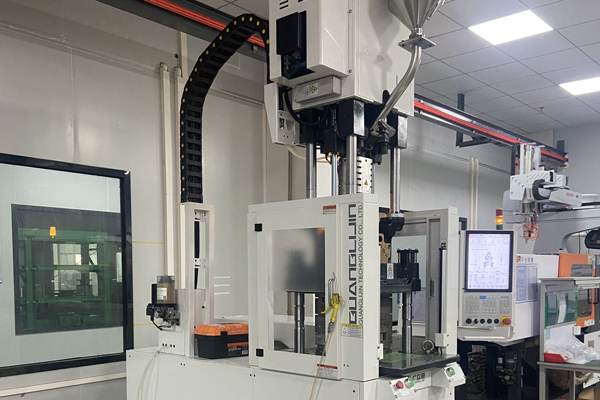
III. Technical Limitations and Evolutionary Solutions
- Automation Barrier
Manual/robotic part removal adds 8-12 seconds to cycle times. While six-axis robots can reduce this to 3 seconds, equipment investment increases by 40%. - Stability Challenges
High center-of-gravity design causes 0.8mm vibration under full load (vs. 0.3mm for horizontal machines), affecting ultra-precision molding. Emerging magnetic levitation drives have reduced vibration to 0.2mm but remain niche. - Material Handling Constraints
Vertical hoppers require forced feeding systems, increasing energy consumption by 15-20%. New vacuum conveying solutions cut energy use but struggle with dust control. - Scale Application Boundaries
When mold weight exceeds 5 tons, clamping force stability drops 18%. Industry consensus recommends horizontal machines for molds >800cm² in projected area or >3 tons in weight.
IV. Typical Application Domains
- Electronics: Connectors, coil bobbins (65% market share)
- Medical Devices: Blood collection needles, microfluidic chips (20%)
- Optics: LED lenses, fiber optic connectors (10%)
- Packaging: Cosmetic caps, pharmaceutical bottles (5%)
Conclusion
VIMMs demonstrate unique value in precision manufacturing but require careful product-machine matching. Technological advancements in electric drives and smart robotics are gradually overcoming automation barriers. As modular design and digital twin technologies evolve, vertical injection molding will continue expanding its high-end application boundaries.
